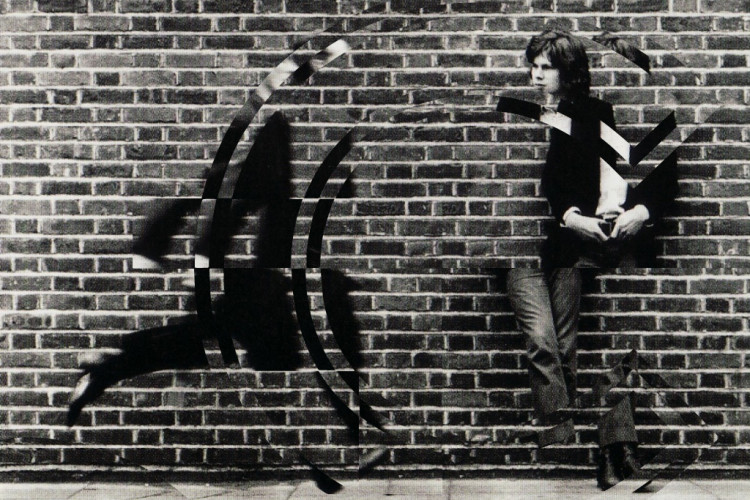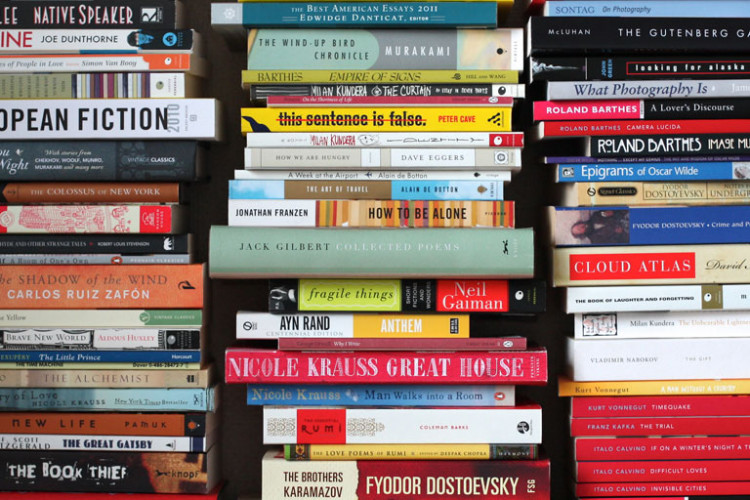
A portfolio is an excellent method for an artist to show their work. It is a culmination of relevant pieces that details the essence of an artist’s style and vision. A portfolio not only showcases the artist’s best work, but it can also offer an insight into the artist’s style and process by showing various sketches and studies, and giving the artist the option of offering a brief comment or explanation regarding their work. Finding a balance between showing works in progress and completed pieces is something that is left to the artist’s discretion. For a time, an artist has been restricted to having a physical portfolio, works of art that are limited to the confines of a canvas or drawing paper, but like how the artistic tool has evolved through digital media, so has the artist’s portfolio. A digital presentation of an artist’s works of art regardless of their medium has been if not, entirely, become a status quo.
With the changing digital landscape, the artist has been given a large gamut of digital tools to further develop their work. An aspect of their portfolio exists on personal websites and through social media, which achieves the kind of visibility that a traditional portfolio simply cannot. A digital portfolio’s accessibility isn’t limited to a physical version, but can be viewed through a variety of devices ranging from desktops to mobile phones. The platform on which the artist uses to publish their work is equally as significant as the work the artist is showing. Important to keep in mind that before a portfolio can be created, the artist must go their personal and professional work and selecting the best pieces possible the fits their creative goal — whether by theme, subject matter, or even by projects. The artist has then several methods to making a portfolio and like their medium, choosing a venue is left up to personal taste and preference. In this piece, I will summarize several online publishing formats that I myself have used and would recommend using as a supplementary tool in creating a portfolio.
Squarespace
Squarespace is a simple and elegant website builder that caters to a variety of uses including portfolio creation. Its main mission is to provide for a better web and mobile experience starting from having exceptional looking websites without the difficulties of customizing code. However, it isn’t just their user-friendly interface that makes them a popular choice for building websites ― their clean, modern templates have a strong emphasis on promoting the user’s visual work or brand with a particularly strong leaning towards the minimalist aesthetic and grid formats. In turn, the kind of attention to a subtle nuance of negative space in the layout makes for a beautiful website that both highlights the user’s work, but without sacrificing functionality and elegance. Though the service allows for easy installation without prior knowledge of coding, it does lack advanced levels of customization and some third-party integration like plug-ins that other similar sites provide.
WordPress
Wordpress stands to be one of the more popular web software that allows the user to create blogs and websites. It has a very strong customizable feature that works well with templates that cater to a wide variety of industries with equally as many visual aesthetics ranging from clean, minimalist layouts to complicated, brand-specific templates. Like Squarespace, WordPress is better used as a primary portfolio site if you’re looking for a way to easily manage the content on your site, but still allowing yourself the necessary tools to customize the visual aesthetics if need be. While it does allow for a higher level of customization, the changes can be intimidating to a first-time user without any prior coding knowledge.
Tumblr
Tumblr is a micro-blogging platform that allows users to easily create blogs as well as customize by themes. It takes its advantages from its ease of posting texts, images, and even sound clips. With its social networking capabilities, users can “like” and “reblog” posts from other Tumblr users which significantly raises the online visibility of an artist’s work through by means of “sharing”. I recommend using Tumblr in conjunction with a primary portfolio site in the form of a “blog” to post works in progress as well as updating fans of latest news like a gallery showing or an event you might be attending. An issue many artist may come across while using Tumblr is lacking control in formatting posts which can become problematic if the it does not meet the artist’s specific aesthetics. It is important to have a specific goal in mind when using Tumblr and it is for the most part, recommended as a blogging platform rather than a primary portfolio.
DeviantArt
DeviantArt is an online-community that features of both traditional and digital art. It acts more like a social network in a way that each user has a profile, a gallery that shows their work, and the ability to comment on the user’s profile as well as their works of art. Despite the many features that cater to a rich community interaction, a new artist can easily become overwhelmed in all the submissions. Each work of art is rated by page-views, comments, and favorites thus leaning more towards the popularity of a specific art style, theme, as well as fan base. The rating system can be intimidating to a new user, but overall, the community a great site for receiving feedback which can be helpful to an artist attempting to showcase their work online for the first time.
There is no absolute way of using of the above choices, but generally in good practice, a primary portfolio made using with Squarespace, WordPress or even a Tumblr then subsequent social media outlets like Facebook and Twitter are used to further enhance an artist’s presence online. Other portfolio sites like Behance for instance offers equal exposure if not even more when combined with other outlets. The overall advantages of having an artist’s work circulating in the vast networks of social media can be the best tool the artist has when gaining exposure. Regardless of which site an artist ultimately uses, it is of note that even though visual representation and aesthetic sensibilities may have weight in determining an artist’s success, the work must also speak for itself.











